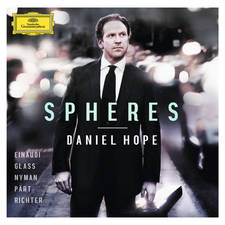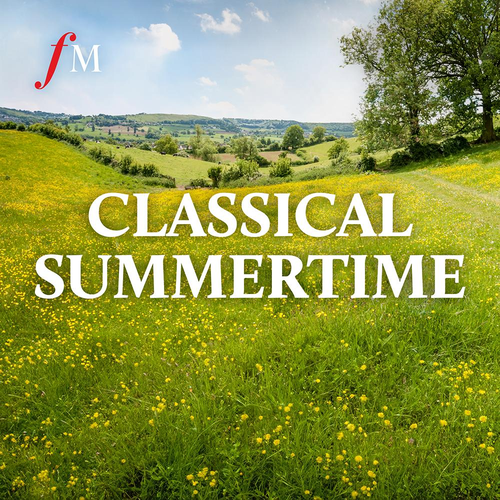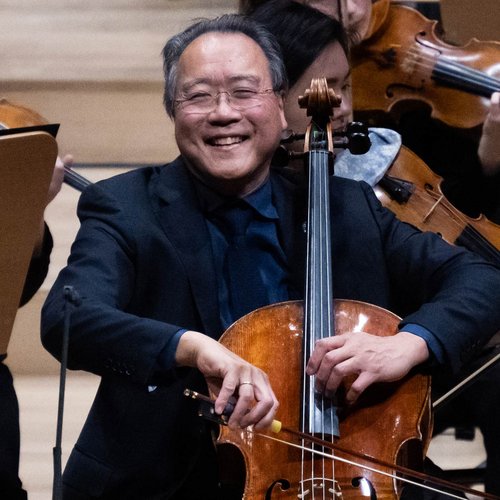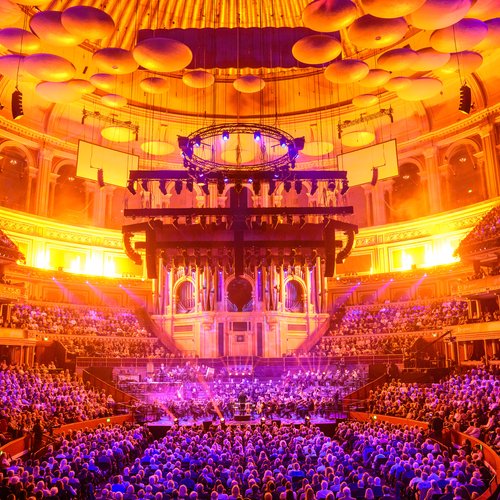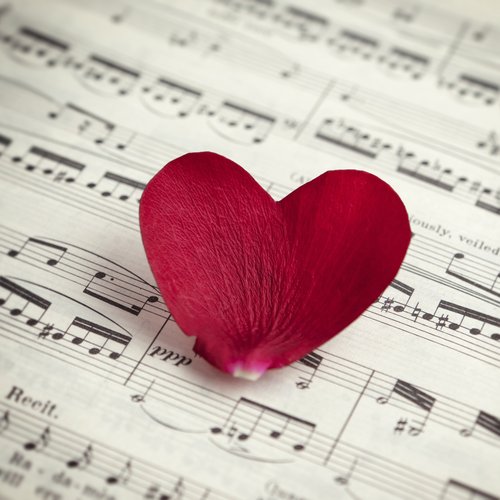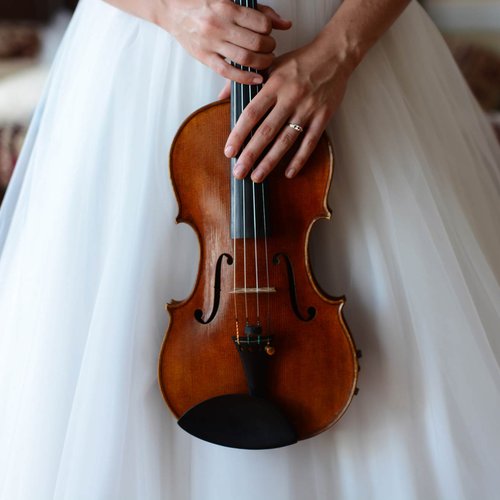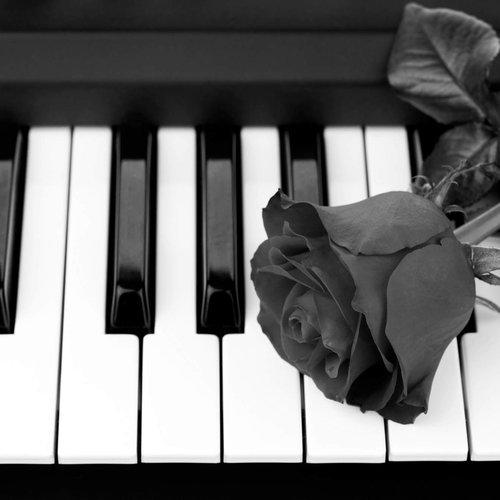The harmonic magic behind the timeless beauty of John Lennon's 'Imagine'
3 July 2020, 09:55 | Updated: 3 July 2020, 13:11

Imagine - John Lennon and The Plastic Ono Band (with the Flux Fiddlers)
‘And the world will live as IV-V-I’? To celebrate what would have been John Lennon’s 79th birthday, we take a look at some of the harmonic theory behind his much-loved pacifist anthem.
It’s one of the 20th century’s most beloved pieces of music. John Lennon is said to have composed ‘Imagine’ in one morning on a Steinway in his bedroom. It is believed the lyrics were inspired by poems by his wife, Yoko Ono. The text envisions a world of peace, beyond borders, religious denominations and restrictive social orders.
The song can be described as a soft-rock piano ballad, with an overall air of simplicity, and there are a few delicate harmonic touches that we think help make it an absolute masterpiece.

" IMAGINE " (JOHN LENNON) PIANO SOLO.
The piece is in C major. Like so many great songs, ‘Imagine’ draws heavily on a I-IV-V harmonic structure (so the chords C, F and G). Lennon adds subtle harmonic touches that give the piece a beautiful mood of its own, underpinning his free-flowing melody.
‘Eleanor Rigby’ proves Paul McCartney would’ve been a genius Lieder composer >
The piano opening must be one of the most iconic in music, soft chords with a pulsing C pedal in the tenor register.
7ths and 9ths
At the very opening, three beats of C major are followed by one of C major 7. It's an exquisite touch. The major 7th feels much more stable than a dominant 7th, but it moves to the third of the following F major chord so elegantly.
Listen too for the poignant hint of the 9th (a D in the C major chord) at the point of resolution at the beginning of bar three of this accompaniment.
These 7ths and 9ths create a sense of serene yet somewhat restless musing as the lyrics kick in.

John Lennon - Imagine - For Piano (Adrian Lee)
Perfectly placed bass movement
The movement between the Cs and Fs, or the tonics/subdominants, is broken in bars 8-12 of the verse. An F chord moves to A with an E bass, then D minor 7 over C, before a dominant pedal on "living for today..."
As the melody reaches higher on these lines, the scalic downward movement of the bass from F-E-D-C, is the perfect balance, keeping that feeling of serenity, stability and balance that holds throughout.
Harmonic colour in the chorus
As we enter the chorus, 'You may say I'm a dreamer...' we're back to the classic IV-V-I chords. However, this change at the end of each phrase with the introduction of a chord built on the third: E major, followed by E dominant.
You don't come across a mediant chord like this so often. It feels almost melodic when you hear it and makes for one of the most subtle and distinctive moments of the song, before we resolve with a tonic C major at the end of the chorus.
A much-loved timeless song
Mediant chords? Harmonically implied contrary motion? Of course, whether with an ear full of music theory or not, a great song can be appreciated and loved on many different but equal levels. If you're interested in more analysis of popular music, or would like to indulge in more harmony and counterpoint talk, take a look at the our music theory section here.
